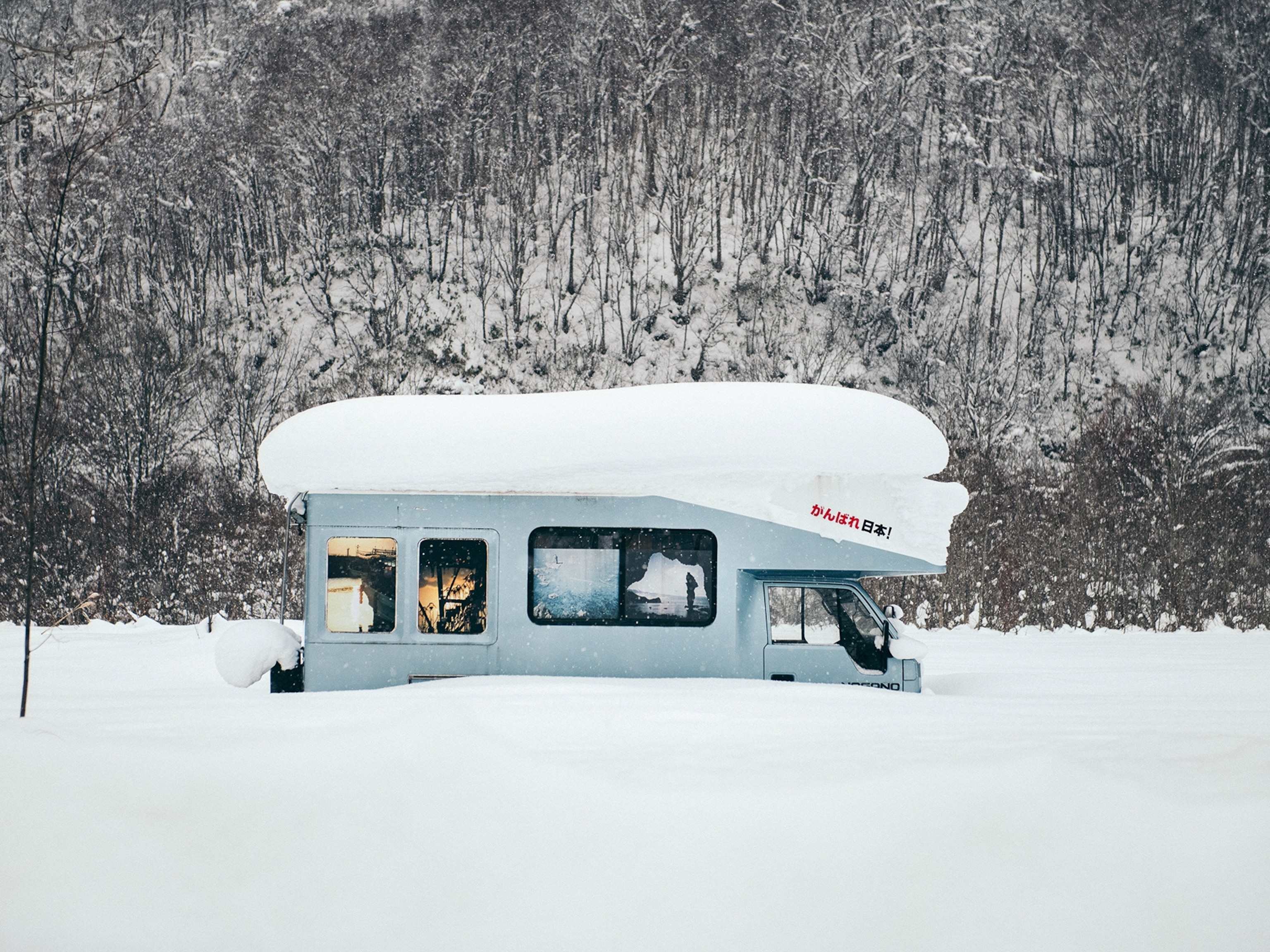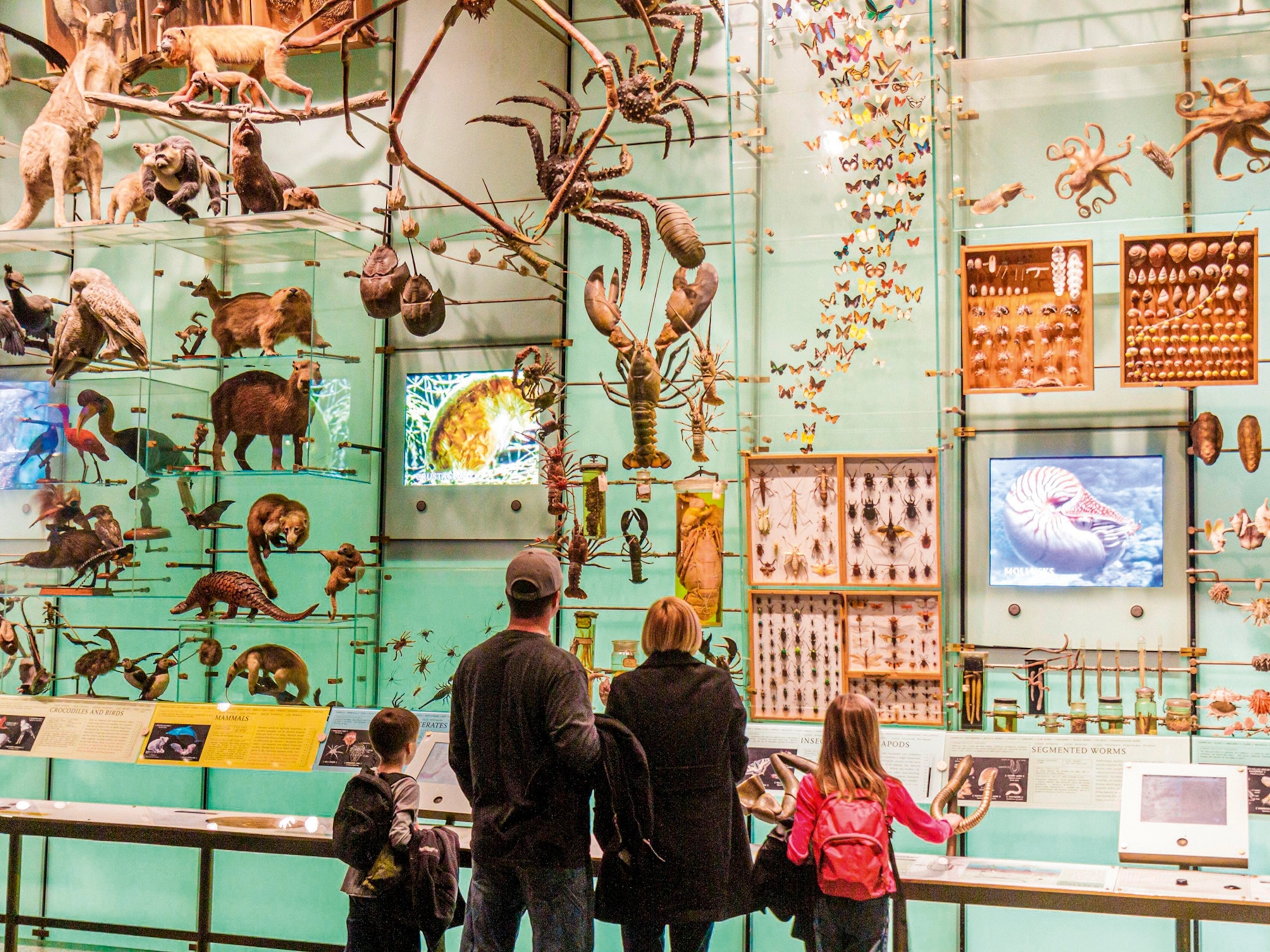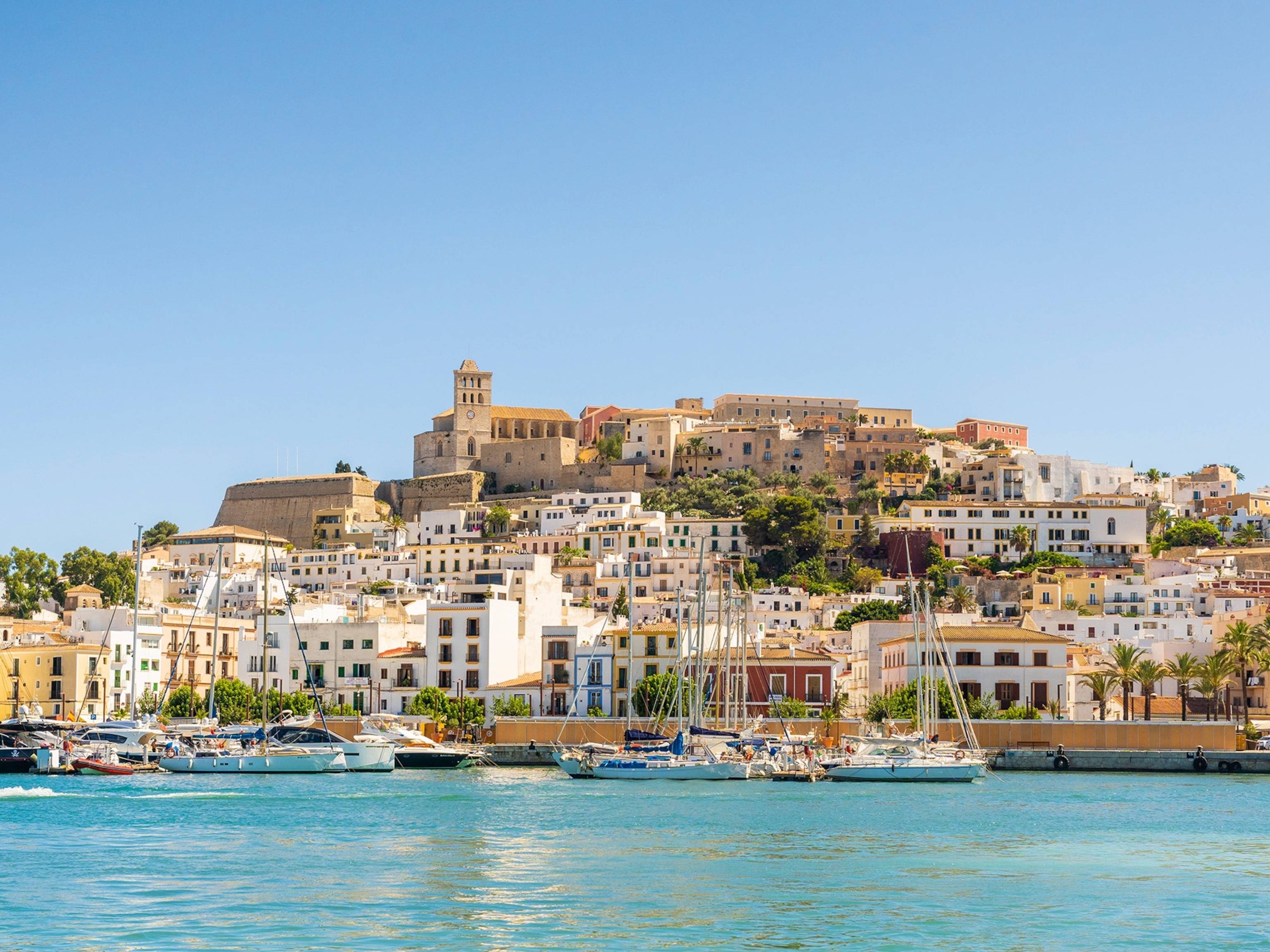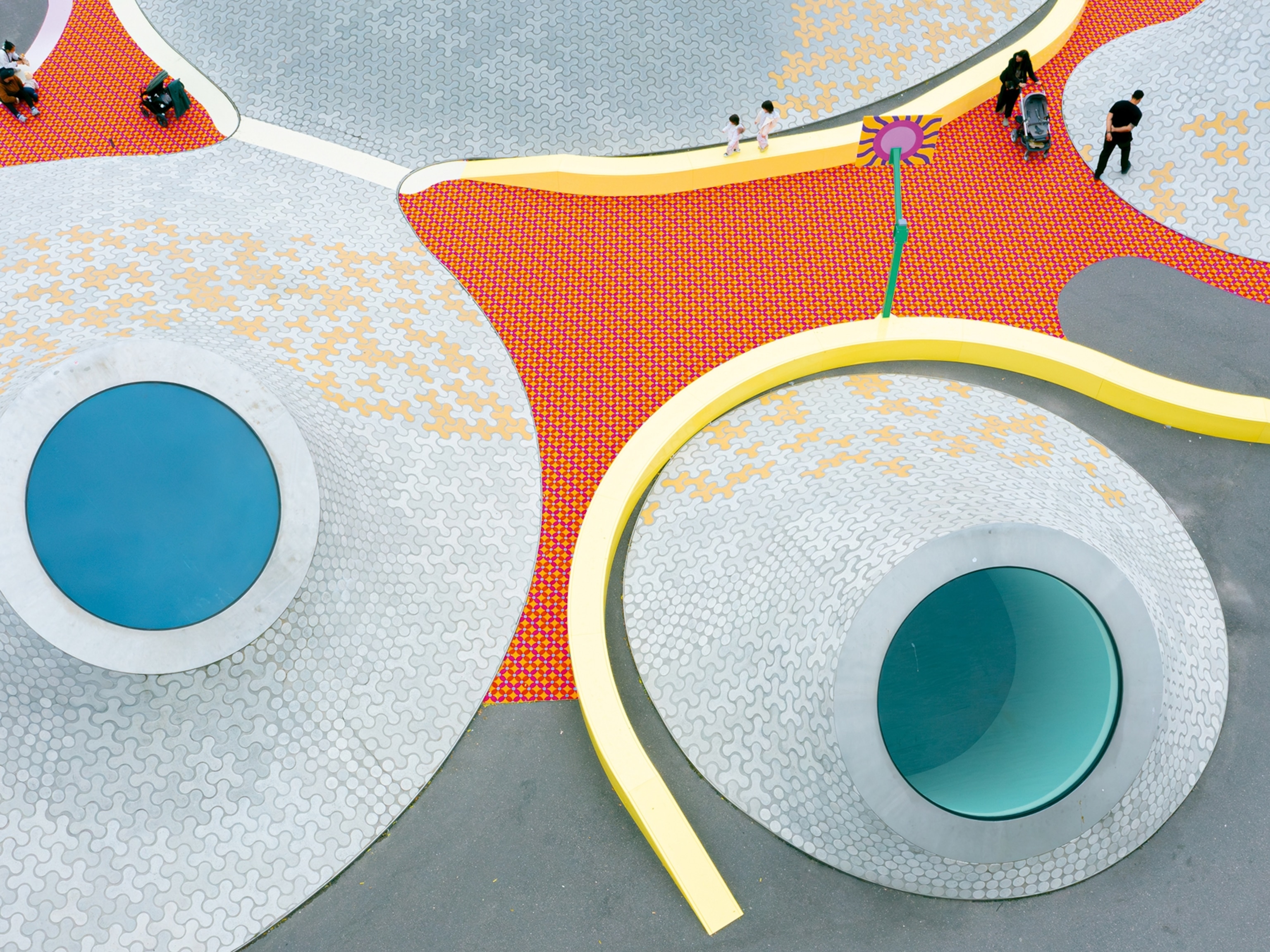
How I got the shot: Karolina Wiercigroch on capturing nomadic life in Kyrgyzstan
On her latest assignment for National Geographic Traveller Food, Karolina travelled through remote landscapes in the Kyrgyz mountains, capturing the culinary rituals of the region’s nomadic population. We caught up with her to find out how she did it.
On assignment for National Geographic Traveller, photographer Karolina Wiercigroch shot the photo story, Dining with nomads in Kyrgyzstan.
What drew you to this story and location?
Nomadic cultures have always fascinated me. There’s something incredibly romantic about the freedom that an itinerant lifestyle offers. I find Kyrgyzstan’s history especially interesting. This proud nation of nomads was forced to settle down once Soviet power was established in the region in the 1920s. It was only after the dissolution of the USSR that the newly independent Kyrgyz could return to their age-old traditions. Today, Kyrgyz shepherds are nomads only in the summer. For most of the year, they live settled lives in the valleys, but from June to September, when the lowlands are arid, they move their lives to jailoo — summer mountain pastures. I wanted to travel through the Kyrgyz mountains and see how many yurts dot the green slopes today.
On location, what elements are you seeking out for a successful shoot?
I’m always on the lookout for dramatic landscapes, strong characters and colourful details that convey a sense of place. This particular feature was shot for National Geographic Traveller Food, so the focus was on nomadic dishes and ways to prepare them, from baking bread on hot coals and milking cows for yoghurt and butter to buying fresh vegetables from an itinerant vendor. These things weren’t possible in the past, when nomadic diets had to be entirely based on meat, dairy and dried staples.

What were some of the challenges of capturing this story?
Some of the places I went to were extremely remote, high up in the mountains, with no mobile reception. In Bishkek, CBT Kyrgyzstan kindly arranged my stay with one of the nomadic families, but there was no way to communicate with them prior to arrival — they received text messages once a day from a nearby hill. I was driving with my boyfriend and the instructions we were given seemed a little vague: turn left after the second mountain pass, then drive for about 15 minutes and you’ll see a small yurt camp to your left. I was sceptical at first, but we actually found the right place without any trouble. Lack of electricity on some nights was something I had to take into consideration when packing my kit, to ensure I’d have enough spare batteries and other things.
Was this shoot typical of your career as a travel photographer?
I shoot a lot of stories on food origins and traditions. I really enjoy photographing food-makers and portraying cultures through food. For past assignments, I’ve tasted Sardinian sweets all over the hilly villages of Barbagia, met Icelandic farmers fighting a battle against tough weather conditions, drank numerous cups of Berber mint tea in Morocco’s Atlas Mountains and discovered the New Andean cuisine in the Sacred Valley of Peru. So, in that sense, this was a very typical subject for me.
What do you take into account when packing a kit?
It depends on the assignment, but I tend to be rather minimalistic when it comes to camera gear, especially when I’m travelling for a longer period of time. I usually shoot with a light mirrorless camera and, while I do pack a range of lenses, I follow in Henri Cartier-Bresson’s footsteps and tend to shoot the majority of work with just one lens. A small, unimposing camera helps me melt into the crowd at a busy market and generally puts people at ease. I always have a spare camera body, though, just in case.
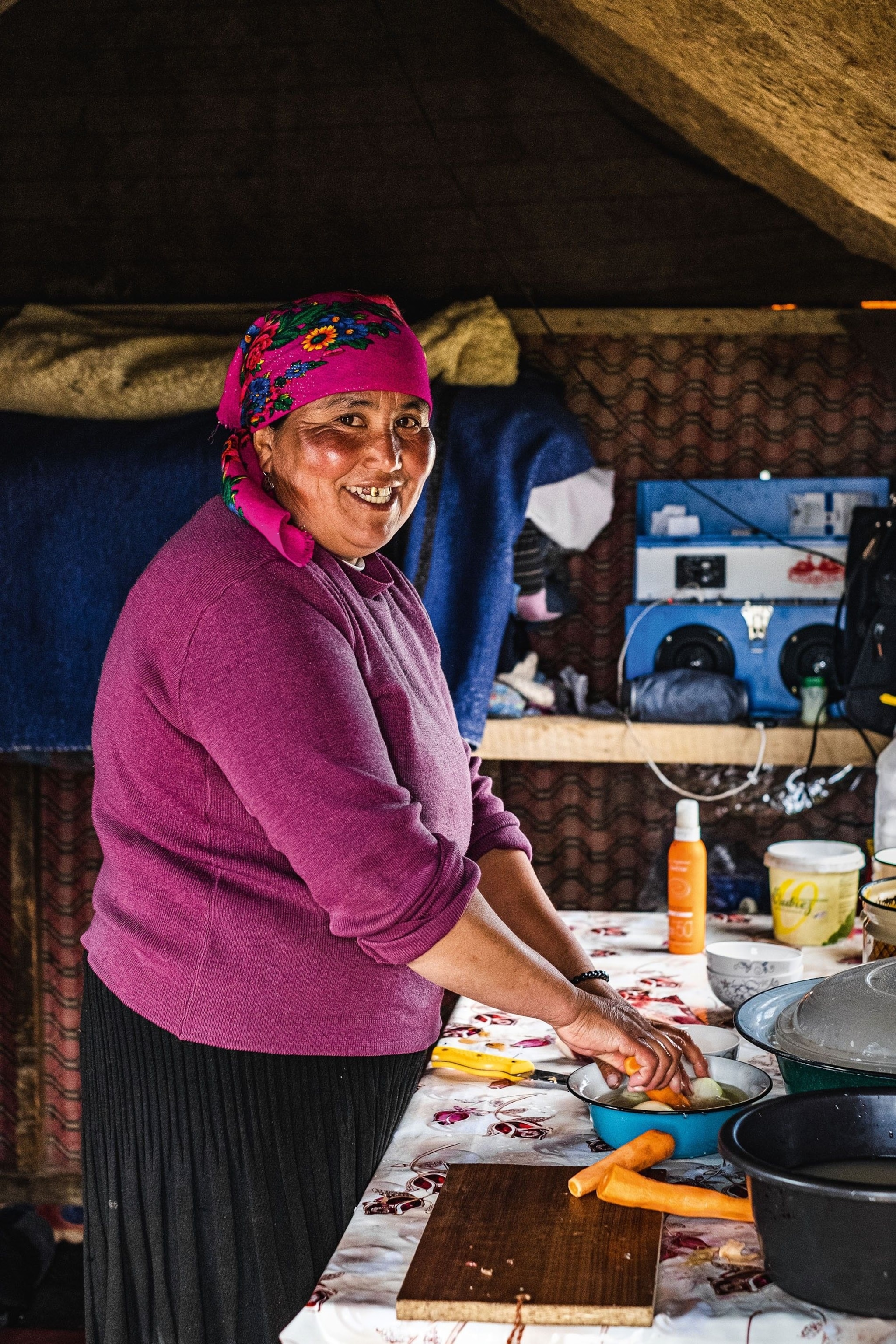
Where are you finding inspiration during lockdown?
As I’m usually on the go a lot, I appreciate this unexpected time that I can spend at home with a book. I’m currently halfway through The Shadow of the Sun, a travel memoir by the Polish writer and journalist Ryszard Kapuściński. He spent nearly 30 years in various countries across Africa and the book sums up his accounts of the development of the African states.
I also recently finished How to Feed a Dictator, by Witold Szabłowski — it’s a fascinating journey through four continents that takes in the kitchens of five of the world’s most ruthless dictators: Pol Pot, Saddam Hussein, Idi Amin, Enver Hoxha and Fidel Castro. Szbłowski paints a gripping picture of the autocracy seen through the eyes of tyrants’ personal chefs. It’s delicious and devastating at the same time.
Where’s next on your wishlist when we can travel again?
I was hoping to go to Poland to visit my friends and family, and to shoot a photo story on cheesemaking traditions in the Beskid Mountains, near the village where my grandparents live. I don’t eat a lot of cheese these days, as I try to stick to a plant-based diet when not feasting on lamb and horse milk with nomads. But I never say no to a fresh oscypek — a smoked sheep’s milk cheese — served with homemade cranberry jam in a Polish mountain hut.
Discover more of Karolina’s photography on her website and follow her on Instagram
Follow us on social media
Facebook | Twitter | Instagram


